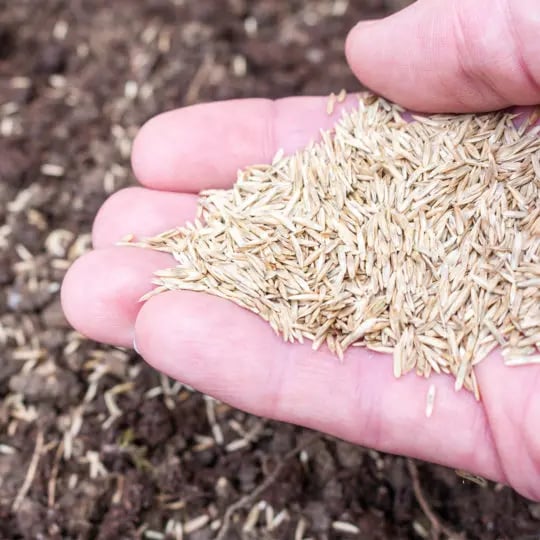Why Seeding in the Fall

It’s recommended you plant cool-season grass seed 45 days before the first estimated frost in your area. That’s because the temperature is still favorable for growth. That date is approaching faster than you think, and while you might want to push of seeding until springs, seeding in the fall is better. Here’s why.
Why Seeding in the Fall is Better
1. Consistent soil moisture
There’s more precipitation that reduces the chance for cool-season seeds to dry out. Unfortunately, late-season snow melting and an abundance of spring showers can make things too wet.
2. Plenty of time to settle in.
You know the temperature won’t become scorching any time soon after seeding in the fall. You can’t say the same about springtime. In the spring, your grass will have less time to settle before the threat of higher temperatures that slows the growth of grass.
3. It will help prevent weeds in the spring.
Filling in the bare patches with healthy grass will crowd the turf to lessen the ability of invasive weeds to continue to spread in the lawn. Weeds can be fought every season, but if there is never a replenishment of healthy seed, the same areas will fall victim to invasive weeds and continue to be problematic. You don’t want your grass seed to compete with the weeds growing in the spring.
With all this said, warm-season grasses grow best when planted in the springtime. For our home and business owners in Pennsylvania, Delaware, and New Jersey, we recommend cool-season grasses.
Seeding in the Fall Is Better—Especially When You Have Help
We are the green lawn experts in Pennsylvania, New Jersey, and Delaware. We know the ins and outs of overseeding in the fall and other things that can give you the bright, luscious yard you desire come springtime next year. Call us today at 855-469-0692 to schedule aeration and seeding services.